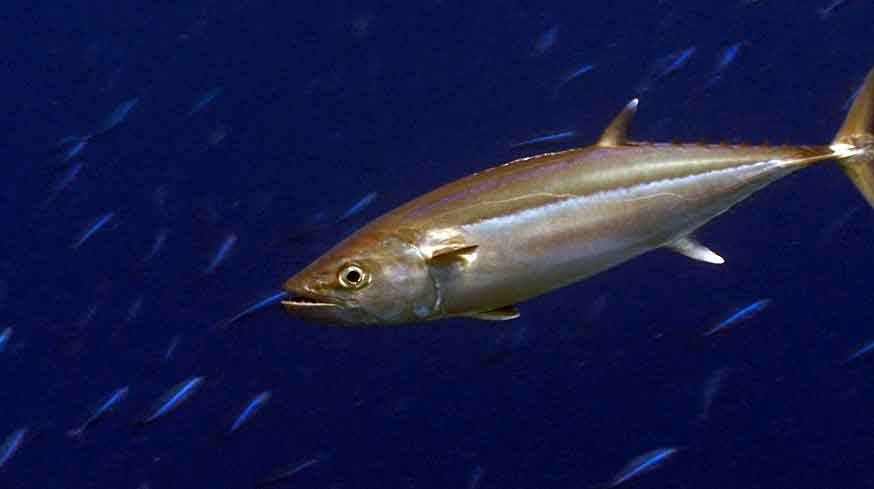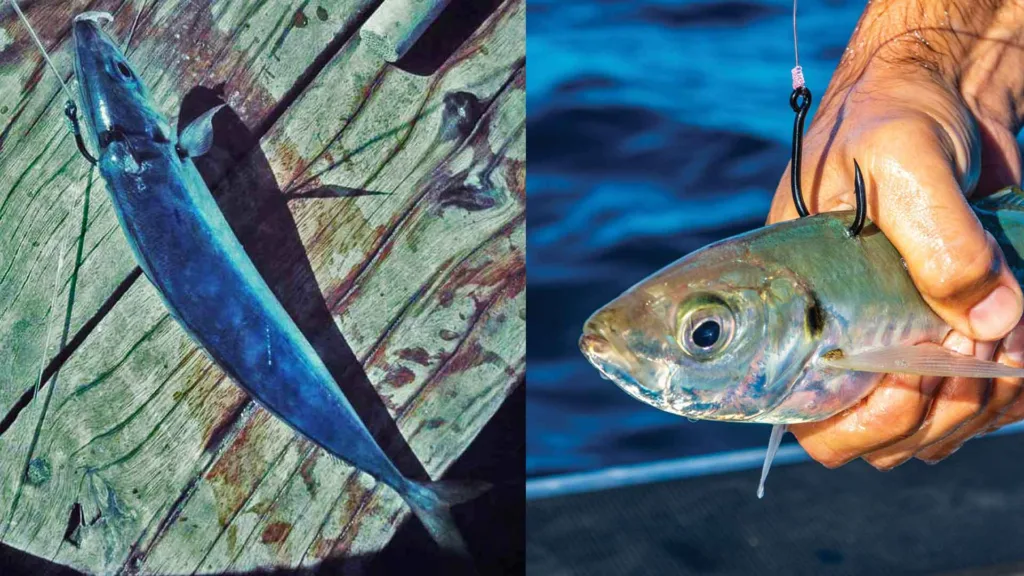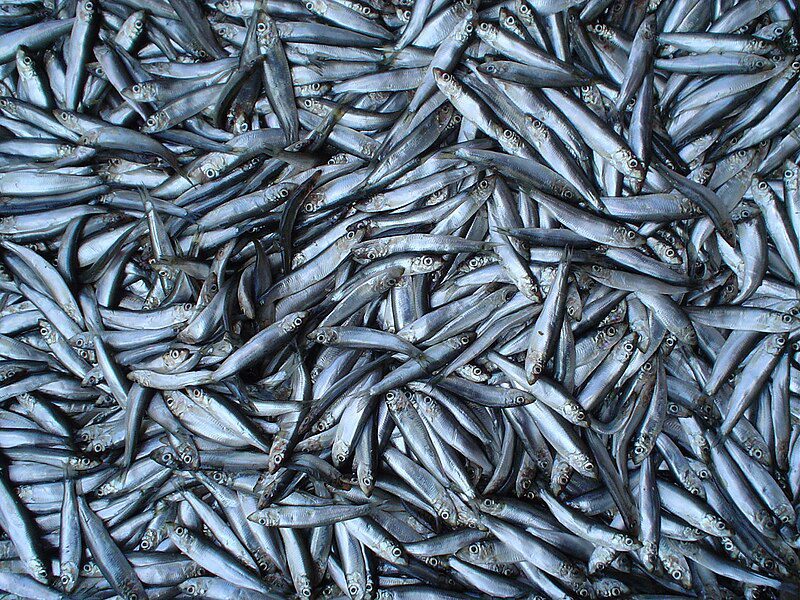
Common Name: Dogtooth tuna
Scientific Name: Gymnosarda unicolor
LOCAL NAME: Woshimas
FAMILY: Scombridae
ORDER: Perciformes
SIZE: Common to 1.1 m; max. 1.5 m
This grey-colored fish is normally solitary. Additionally, the blue-black on their torso fades to silvery below. The remaining fins have a greyish, but the first dorsal fin’s front margin is black. The anal and second dorsal fin tips are white.
Dorsal fins are close together; the first has 13-15 spines and a nearly straight border, while the second has 6-7 finlets.
The anal fin has 12-13 rays, which are followed by six finlets. There are 25–28 rays on the pectoral fin. The body lengthens and becomes somewhat squeezed. The mouth is quite large. There are 14–31 big conical teeth in each jaw.

There is only one big intrapelvic process. There is significant undulation in the lateral line. Occasionally, you can spot this species in groups, but it usually inhabits the deep outer reef walls alone. It routinely makes close approaches and shows interest in divers. Typically, this epipelagic species can be found near coral reef. It usually occurs alone or in small groups.
This fish feeds on reef planktivores that venture too far out and other small pelagic fish. Its huge eyes and teeth set it apart from similar pelagic fish. extensive Indo-Pacific region. It is roughly two meters long.
Gymnosarda unicolor is mostly found in the open ocean, in contrast to other tunas. Typically, Gymnosarda unicolor is connected to coral reefs. Handlining and trolling are ways to catch it.

The Tunas & Mackerels (Scombridae) family includes this species. With 15 genera and around 50 species worldwide, this is a sizable and commercially significant family. Oceanic in nature, large tunas occasionally inhabit the outer walls of reefs. The world’s largest fishing industry relies on them and targets them economically.
Species rarely visit reefs. The majority of family members are swift and sleek, and they seek pelagic invertebrates like squid and other fish species.
Reference
Anderson, R. (1997), Fishes of the Maldives. Marine Research Centre
Kuiter, R. (2014), Fishes of the Maldives. Atoll Editions

